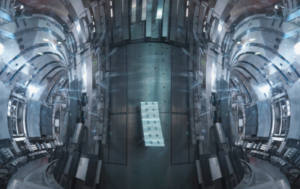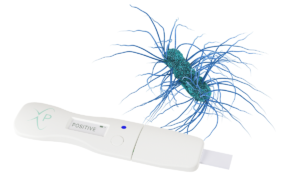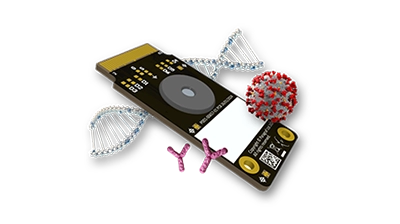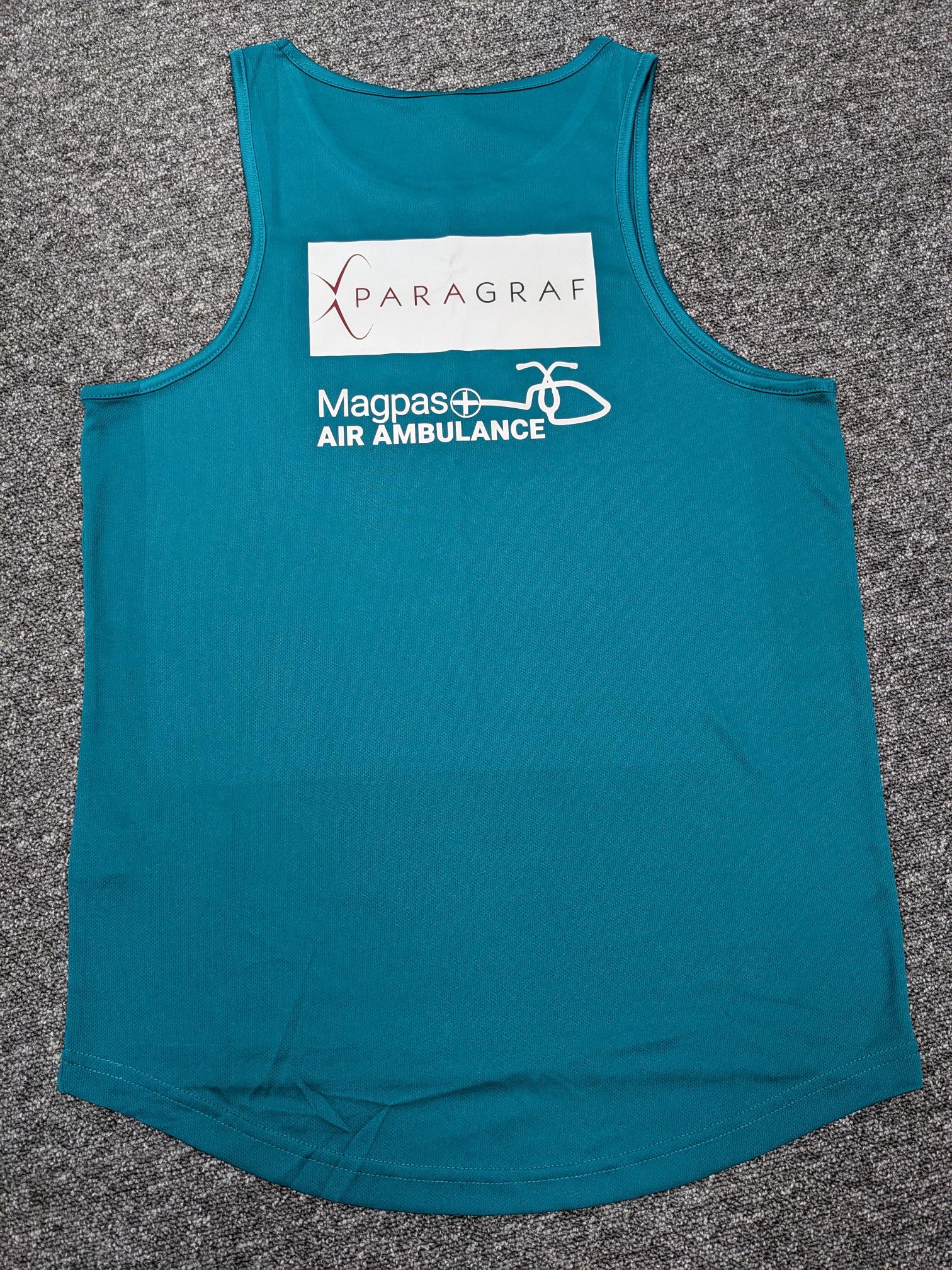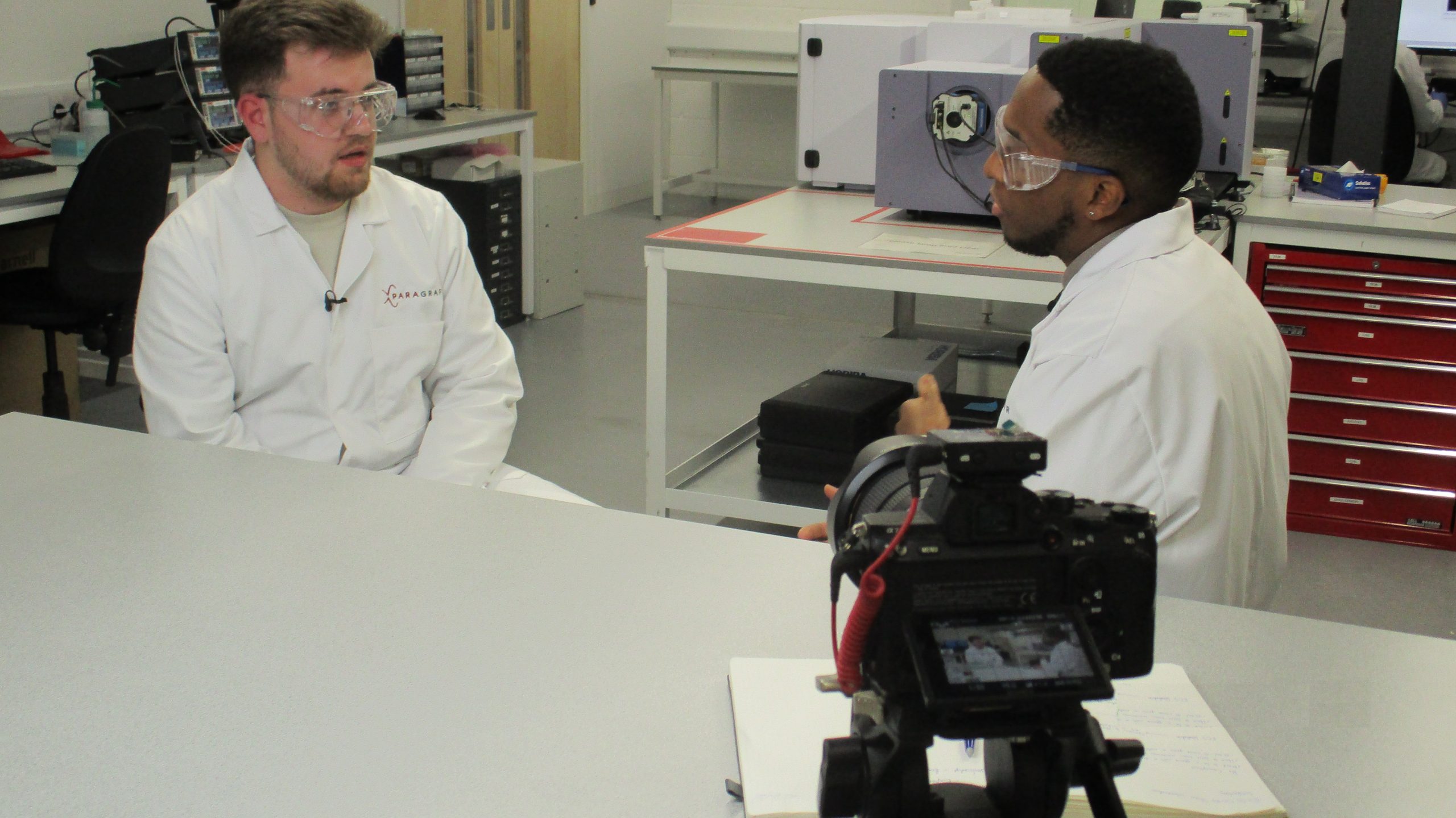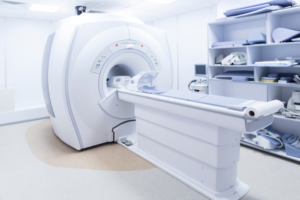
Magnetic Resonance Imaging (MRI) has been at the height of medical imaging technology for over four decades. The high-resolution images produced by MRI machines are key to identifying injuries and conditions that conventional diagnostic procedures are unable to illustrate.
In order to perform its function properly, an MRI machine must maintain a homogeneous magnetic field. That is a complex problem; and there are processes available to accomplish it, but they start with effective mapping of fields throughout the entire operation. That is where graphene can provide game-changing help.
Variations in MRI fields
Even a perfectly functioning MRI machine will encounter disruption to the homogeneity of its field simply by the introduction of a human body. Because people come in a variety of shapes and sizes, there is no means of preprogramming the machine to compensate for this disruption. Degradation of the magnets within the machine and environmental effects of external electromagnetic induction (EMI) sources can also have an impact. These sources of EMI can be difficult to identify, and account for, in the absence of effective mapping – particularly for machines located in remote clinics or other venues outside of hospitals that house specially constructed MRI rooms.
Further, it is important to note that the MRI ‘field’ is actually three separate magnetic fields: the static field, which is normally several T in strength and runs along the full length of the bore; the gradient field, which operates in the region of 10-50mT/m and is used for spatial positioning; and the excitation field, which is only a few µT in strength and operates orthogonal to the static field.
The effort to harmonize these fields, and to compensate for other disruptions in the overall field, is referred to as ‘homogenization’, accomplished by way of a process known as ‘shimming’. Before the shimming is performed, the adjustment must be informed by reliable, accurate mapping of the fields. Hall effect sensors are a proven, effective tool for mapping MRI systems; and graphene is bringing about an evolutionary advance for this tool.
Field mapping with GHS
Hall effect sensors take real-time measurements of the strength of a magnetic field. This enables these sensors to be used for a wide variety of applications, such as mapping current flow in batteries and circuits, monitoring fuel levels and timing the rotation of wheels and shafts.
What makes graphene Hall sensors (GHS) superior to conventional Hall sensors in this pursuit is, unsurprisingly, graphene – a carbon allotrope that forms in a one-atom-thick, latticed sheet. GHS uses a single, two-dimensional, layer of graphene to produce a conductive surface capable of outperforming conventional Hall sensors in multiple respects.
Because the conductive surfaces in other Hall sensors have some degree of thickness to them, they will pick up stray fields in addition to the field they’ve been placed to measure. This is called the Planar Hall Effect (PHE). Owing to the 2D surface of the graphene element, GHS are immune to PHE. The only magnetic field that will show up on the readings is the correct, intended field. This results in a relatively clean, precise and noise-free signal.
GHS are compact and operate on low current levels, allowing a large number to be employed around a system where magnetic fields are generated to provide a well-defined field map in real time, requiring less power to operate. Those readings allow the MRI operator to identify hot spots, dead spots and other anomalies. Armed with this information, adjustments can be made to homogenize the overall field.
Where GHS integration will lead
For all of the reasons above, the operation of current generations of MRI can benefit from the improved mapping that GHS provide. Those benefits are substantial; but even more valuable may be the role GHS can play in the development of subsequent generations of MRI. By employing GHS in the research and development phase of new machines, OEMs will be able to identify field-generation faults and design improvements to homogeneity before their machines go into production.
Paragraf are eager to work with MRI manufacturers and operators to maximize the benefits of their technology with our game-changing graphene sensors. Please read more about what GHS can do and get in touch with us today.

